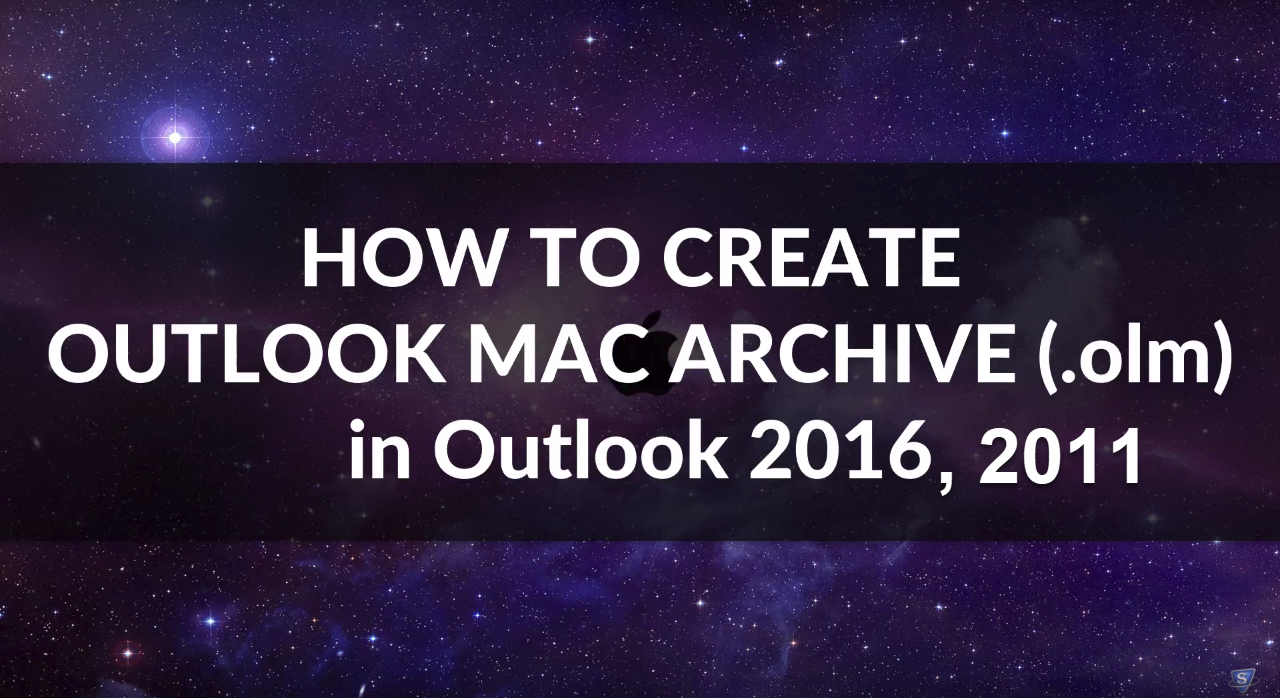How To Archive In Outlook For Mac
If you have an Empty Deleted Items Folder, double-click to edit. Under When select On Quit and select Enabled (Figure C). Edit Schedule. Click OK and the deleted items bin will be emptied. Deleted Emails. Next, Quit Outlook for Mac by selecting Outlook| Quit Outlook. A message appears asking if you want to delete your trash. Outlook for mac 2011 deleted items emptying. Outlook for mac 2011 can't empty deleted items folder Exchange 2010 SP1 RU4 I've configured my outlook for mac 2011 to connect to our Exchange 2010 SP1 RU4 environment but i can't empty my deleted items folder. To free up some disk and mailbox space, you can empty the Trash folder. If you have multiple e-mail accounts, you will have a Trash folder for each account. Hold down CONTROL, and then in the folder list, click the Trash folder.
Auto-archiving in Outlook for Mac One way to automatically archive objects from Outlook is to use rules. To do so, first create a folder on your local computer (e.g.
This outlook for Mac data file uses the.olm extension. Notes • If you have a directory service account or a Microsoft Exchange account then contacts from the directory are not exported. Just like the data stored in public folder are not exported.
An archived item (or items) remains accessible, but doesn't clutter your Inbox. Archive messages with a single click You can archive messages in any of the email accounts that you've connected to Outlook 2016 for Mac. These include Exchange (version 2016 and later), Office 365, Outlook.com, Hotmail, iCloud, Google, and Yahoo! • Choose one or more messages in your folder to archive. • On the ribbon, choose Archive. • As soon as you choose Archive, messages are immediately moved to the archive folder you've specified.
How To Archive In Outlook For Mac 2011
After that, the Export dialog box will appear. Here, you have to select Outlook for Mac Data File (.olm) to create archive in Outlook 2011 and then select the items such as emails, tasks, contacts, notes etc. Which you want to archive. Click on the right arrow to continue 4. Now, you will be asked to Delete After Exporting? Select No, do not delete items and then click on the right arrow to continue 5. Select the destination location or folder where you want to save archive OLM file 6.

• Click the checkbox for Enabled. • Close the Rules window. Running the Archiving Rule • To apply it to all mail in your inbox that is already six months or older, highlight the proper inbox, then select Message > Rules > 180 Day, Auto Archive. The first time this rule is run, it can take several minutes. Note: If you have arranged your inbox folder into sub-folders, you will need to run this rule on each folder individually. Viewing the Archives To access your archived mail, click on the folder you designated under the On My Computer section.
• Finally, click OK, making sure that the Enabled button is selected. • If you would like to apply this rule to your current mailbox, from the Message menu, select Rules, then select the rule you would like to process. Note: This process may take some time to run initially, depending on how much mail you have in your Inbox. Note: If you want to archive your entire mailbox, you will need to run this rule on each folder individually.
• • • • • • • • • • • Exporting and Importing Data in Outlook on Macintosh You can export an email account's messages, attachments, folders, contacts, calendar and appointments, tasks, and notes in Outlook as an '.olm' file as a way to save everything if the account is being disabled, or you simply want to 'archive' or store the data on a computer's hard drive instead of in the account space on the mail server. The.olm file can then be imported to Outlook to view, and, if desired, move the information to different set of folders, including any that are part of another email account (as long as the account is set up in Outlook and has enough available space).
AutoArchive and Clean Up Old Items moves older messages to a separate.pst file while maintaining the same folder structure. Removing the Archive Button wanted to know how to remove the button: Is there a way to remove this button? The customize the ribbon doesn't allow it to be removed and I keep clicking it instead of delete. While you can't remove it from the default Delete group, you can remove the Delete group and create a custom group that doesn't contain the Archive button. • Right click on the end of the ribbon and choose Customize the Ribbon.